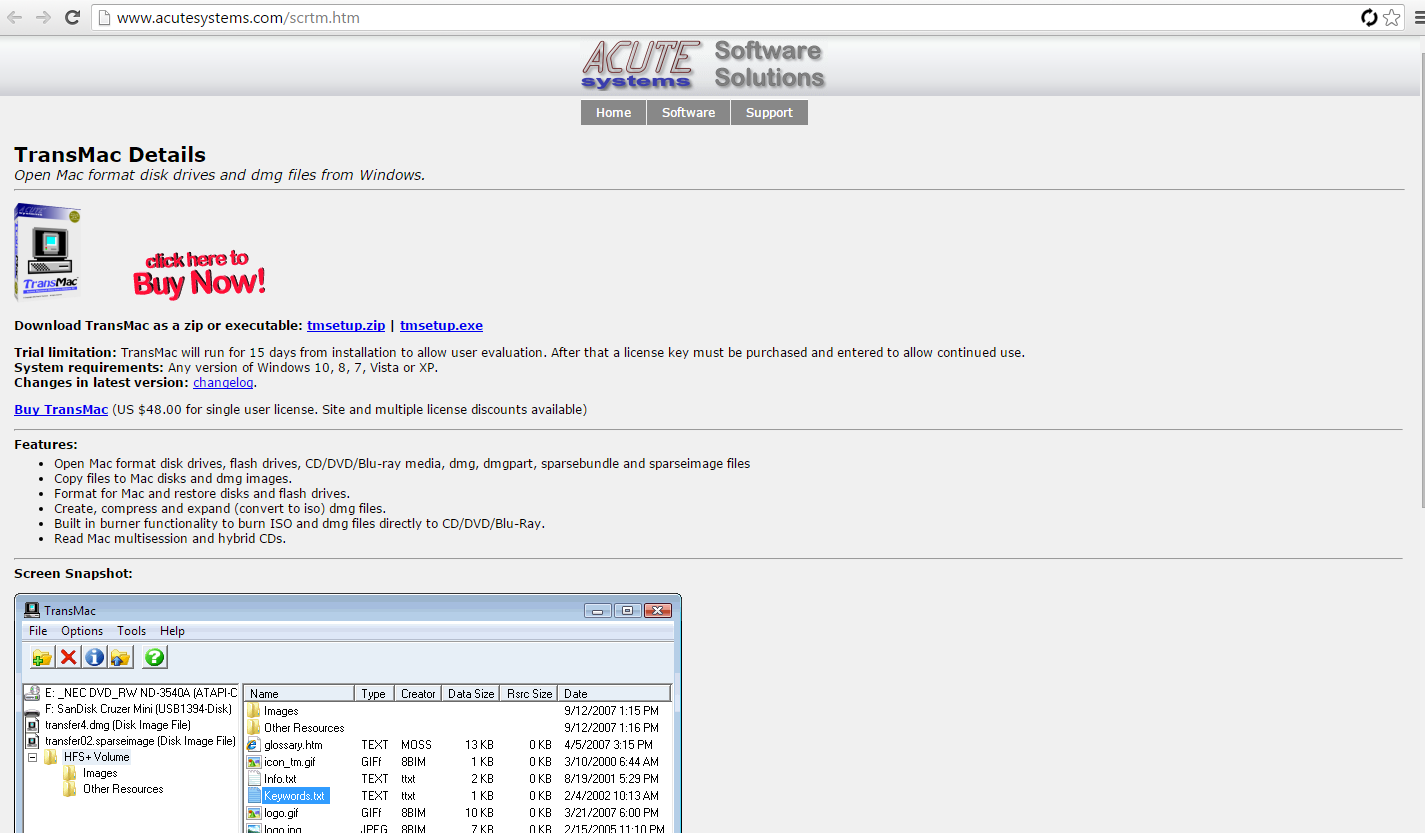

- #OSX EL CAPITAN DMG TO USB IN WINDOWS 10 FOR MAC OS#
- #OSX EL CAPITAN DMG TO USB IN WINDOWS 10 MAC OS X#
- #OSX EL CAPITAN DMG TO USB IN WINDOWS 10 MAC OS#
- #OSX EL CAPITAN DMG TO USB IN WINDOWS 10 INSTALL#
The Diagnostics and Usage window will inquire as to whether you wish to send data to Apple and its designers about issues that may happen with your Mac or its applications.MacOS is the current name of the former OS X, previously known as Mac OS X. You can choose your time zone by tapping on the world guide or pick the nearest city from a rundown of real urban areas around the globe. The Select Your Time Zone window will show. This is the head account, so make certain to take note of the username and password word you chose. Create a Computer Account choice will show. After that, read the agreement and agree to it. It’s up to you whether you have to enter an Apple Id or create a new one in the first step. Select the further option from the drop-down menu. Enable Location Services- By enabling this service, you are allowing the app to see the geographic location of your Mac. 
Here you can move existing information from a Mac, PC, or Time Machine reinforcement to the clean introduce of OS X El Capitan. The Transfer Information to This Mac window will show up.

Make your keyboard layout selection and press continue.Make your choice from the rundown, and snap the Continue catch. The Welcome screen shows, requesting that you select which nation your Mac will be utilized in.
#OSX EL CAPITAN DMG TO USB IN WINDOWS 10 MAC OS X#
Follow the further guided steps to setup mac OS X El Capitan.
After the installation, the system will restart. The progress bar will show the time required. The installer will duplicate the needed files and then restart. Type your administrator password and click OK. #OSX EL CAPITAN DMG TO USB IN WINDOWS 10 INSTALL#
Select the target disk and click on the install option. Read the terms and condition and agree with them. In the install os window, click the continue button. Performing clean installation Create Bootable Mac Os Usb On Windows The installer will begin, despite the fact that it might take a couple of minutes. In the OS X utility window, select Install OS X, and snap the Continue catch. With the startup volume deleted, you’re currently prepared to start the establishment of OS X El Capitan. #OSX EL CAPITAN DMG TO USB IN WINDOWS 10 FOR MAC OS#
Now Create bootable USB for Mac OS El Capitan on Windows
Burn your ISO file and dmg file directly to CD/DVD Blu-ray. Save and restore image files to disk and USB flash. Open Mac APFS/HFS/HFS+ format disk drives, flash drives, CD/DVD/Blu-ray media, HD floppies, dmg, dmg part, sparse bundle, and sparseimage files. Apple files system (APFS) are only supported. The users can buy TransMac for $59.00 with the license. The system requirements are you need Windows 10/7/8/8.1 or Windows Vista and XP. You are allowed to use the TransMac for 15 days trial, and after that, if you want to use that more then 15 days then you need to purchase that. to use this application you just need to insert the drive you need, and one of the great function is this that it will automatically read the drives, TransMac is a great tool that you can access the Mac file on Windows operating system using TransMac. TransMac is a simple application to open hard drives disk, Flash drives, CD/DVD high-density floppy disk on Windows 10/7/8/8.1 or lower version of other Windows. This tutorial will introduce you three ways to create bootable USB drive for macOS High Sierra, macOS Sierra, Mac OS X El Capitan, Yosemite, Mavericks and more. To install macOS or OS X from USB, you need to create a bootable install USB drive for Mac operating system. Among different Mac OS X releases, El Capitan 10.11 is known as a prominent release now known as macOS El Capitan providing numerous enhancements and a wide range of powerful features. The Mac OS X El Capitan 10.11.1 DMG is the twelfth major release of OS X providing different enhancements and many new features. Type or paste one of the following commands in Terminal. Open Terminal, which is in the Utilities folder of your Applications folder. Make sure that it has at least 12GB of available storage and is formatted as Mac OS Extended. Connect the USB flash drive or other volume you're using for the bootable installer.







 0 kommentar(er)
0 kommentar(er)
